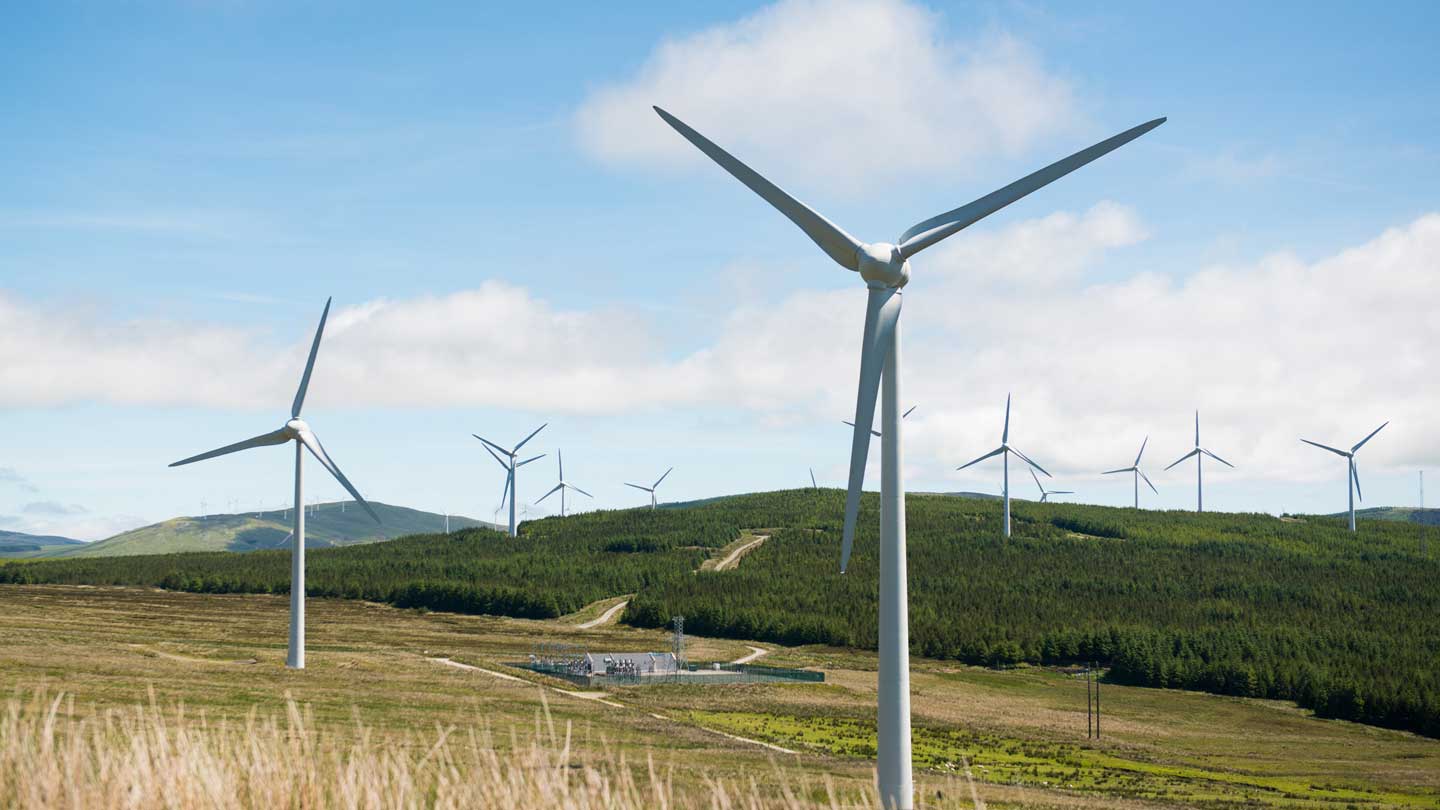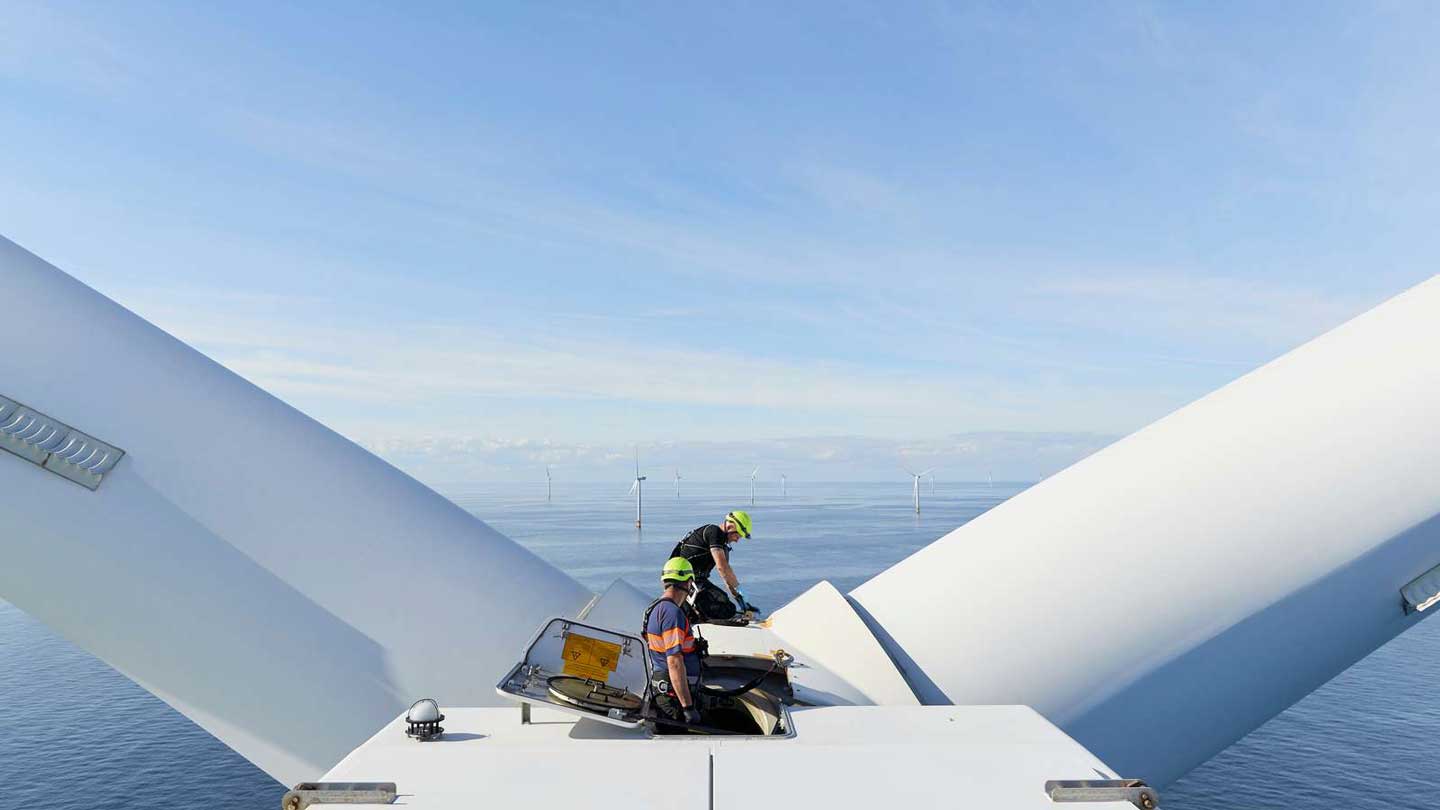What are net zero, science-based net-zero emissions targets, and the Science Based Targets initiative (SBTi)?
The meaning of ‘net zero’
Since the Paris climate agreement in 2015, more and more national governments are making commitments to reach net-zero greenhouse gas emissions. This means they’ve set a year by which their economies’ total emissions of carbon dioxide, methane and other gases that warm the atmosphere will be equal to the amount of these gases they remove from the atmosphere.
Why is net zero important?
There is international consensus that the whole world must reach net-zero emissions by 2050 to avoid climate breakdown – and by 2030, reduce global emissions by 45% compared with 2010. These aims are vital if we are to keep global warming in check and preserve a world that can be inhabited by future generations.
How can we achieve net zero?
According to the Energy Transitions Commission, net-zero by the mid-century is possible, and requires: high-quality, energy-efficient buildings; flexible zero-carbon mobility; zero-emissions circular goods; abundant clean energy; and sustainable natural ecosystems.
But reaching net-zero emissions will require global collaboration to enact change because, in the words of the United Nations Net Zero Coalition, it ‘calls for nothing less than a complete transformation of how we produce, consume, and move about’. By setting and sticking to net zero targets, both governments and businesses can play their part in this.
Corporate net-zero targets
Some companies – including Ørsted – have made pledges, placing the idea of net-zero emissions at the heart of their corporate sustainability strategies. This could be great news for global climate action. Through their scale and influence, companies, like governments, have the potential to have a big impact on global emissions and make a significant contribution towards national climate goals.
But some corporations use the term ‘net-zero’ in a way that can be confusing, or even misleading. It can be hard to understand whether corporate net-zero pledges will really lead to a reduction in greenhouse gas emissions, or whether they’re just greenwashing.
So what does a truly credible corporate net-zero target look like? How can it be achieved?
Science-based net-zero emissions targets and the Science Based Targets initiative (SBTi)
The Science Based Targets initiative mobilises the private sector to take the lead on urgent climate action. It enables companies and financial institutions to understand how much and how quickly they must decarbonise their value chains to prevent the worst impacts of climate change.
The SBTi’s Corporate Net-Zero Standard is the world’s only framework for corporate net-zero target setting in line with climate science. It includes the guidance, criteria, and recommendations companies need to set science-based net-zero targets consistent with limiting global temperature rise to 1.5° C above pre-industrial temperatures.
According to the Net-Zero Standard, a corporate net-zero target is credible if:
- it accounts for emissions across the value chain
- it includes achievable, short-term targets as well as a long-term goal
- carbon offsets are limited to cover no more than 5-10% of emissions
- any other financing for climate action goes to projects beyond the value chain.
The Net-Zero Standard in detail
In theory, net-zero should mean the same thing for all companies – that they balance the emissions they create with those they remove from the atmosphere.
In practice, it’s more complicated.
Which emissions is a company responsible for? Once a net-zero target has been set, is the company able to achieve it? Can’t a company just buy lots of carbon offsets and keep emitting the same amount of greenhouse gases? Is the company betting on the rapid development of green technologies that are not yet viable at scale?
The Science Based Targets initiative’s Net-Zero Standard aims to answer those questions, defining whether or not a company’s net-zero target can really be considered credible – whether it really adds up to the action needed to avoid catastrophic global warming.
The standard is based on four principles.
1. Reduce emissions across the value chain

The SBTi standard requires companies to be transparent about all their greenhouse gas emissions. The Greenhouse Gas Protocol divides these into three ‘scopes’, all of which must be included in a company’s net-zero target.
Scope 1 emissions are the direct, physical emissions from sources the company owns or controls. For Ørsted, that would include the service and operation of our wind farms and other energy generating assets, such as our combined heat and power stations in Denmark.
Scope 2 emissions cover indirect emissions from things like power and heating that supply a company. For Ørsted, that means the heat and power that supply our offices and production sites.
Scope 3 emissions cover all other indirect emissions in the value chain. For Ørsted, that’s everything from the manufacturing and installation of wind turbines to the use of natural gas that we currently trade.
By accounting for all the emissions within a company’s own value chain, the company takes responsibility for them. This means there’s no risk of overlooking any emissions by claiming they’re somebody else’s problem. It also encourages everyone within a value chain – from other companies to governments to individuals – to work together to reduce emissions.
2. Reduce emissions now

Long-term goals are good – but only if there’s a clear plan to achieve them. That’s why SBTi’s Net-Zero Standard requires companies to make achievable, short-term, interim goals. This also means making the deepest cuts sooner – the earlier a company stops putting greenhouse gases into the atmosphere the better. It’s only by doing this that there will be any chance of halving global emissions by 2030 – a vital milestone on the global road to net-zero.
There’s no credibility in continuing to pump CO2 and other gasses into the atmosphere in the hope that a breakthrough carbon capture technology will compensate for today’s emissions tomorrow. Any investment in these kinds of technologies should fall outside of a company’s carbon accounting.
At Ørsted we will reach net-zero emissions by 2040, but only after reducing our scope 1 and 2 emissions intensity by 98% by 2025.We have also developed a portfolio of new interim targets to achieve by 2030:
- Scope 1-2 emissions intensity: 99 % reduction by 2030 (from 2006)
- Scope 1-3 emissions intensity (excl. natural gas sales): 77 % reduction by 2030
- Scope 3 emissions (from natural gas sales): 67 % reduction by 2030.
We’ve submitted these to the SBTi and the targets are currently undergoing their formal target validation process. The SBTi welcomed our more ambitious 2030 targets, which provide a greater visibility on the pathway towards our 2040 net-zero target.
3. Limit the role of offsets

By making bigger emissions reductions earlier, companies can limit the extent to which they rely on offsets – technological or natural solutions that actively remove greenhouse gases from the atmosphere, or finance for schemes that reduce emissions that wouldn’t otherwise be reduced.
The Net-Zero Standard recommends that carbon removal should only be used to offset residual emissions after a company has met its long-term emission reduction targets. Companies need to reduce their absolute emissions by at least 90-95% before they can claim net-zero. At Ørsted, we’re only relying on high-quality offsets to compensate for the final, hardest to avoid 1% after we’ve reduced our emissions by 99%.
4. Finance climate action beyond the value chain

While companies shouldn’t overly rely on nature- or technology-based solutions as part of their own carbon accounting, the SBTi standard does encourage companies to invest in the net reduction of emissions beyond their own value chain.
To put it another way, it’s good to fund the reduction of emissions that would otherwise keep being emitted, or to invest in new technologies that could help remove carbon from the atmosphere – as long as you don’t rely on these to compensate for a lack of action within your own value chain.
A company’s climate action is all the more credible if it goes even further than the three scopes of their own value chain.


